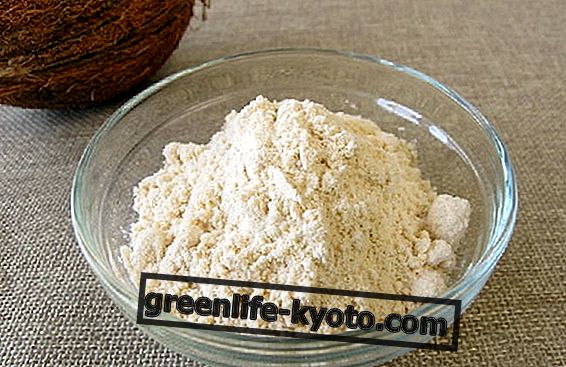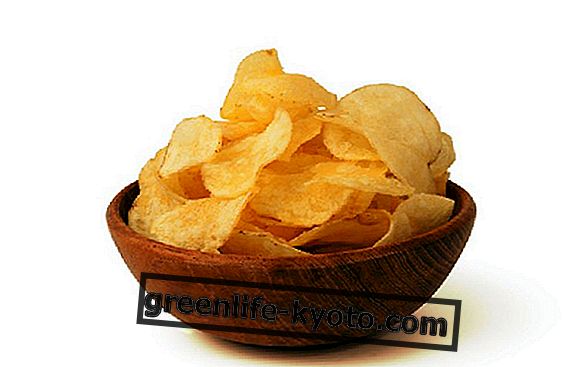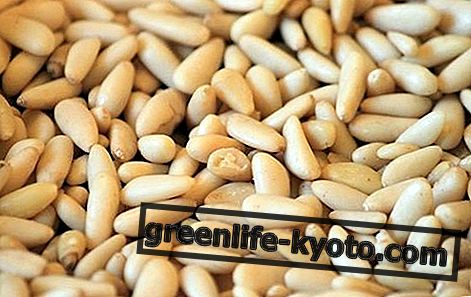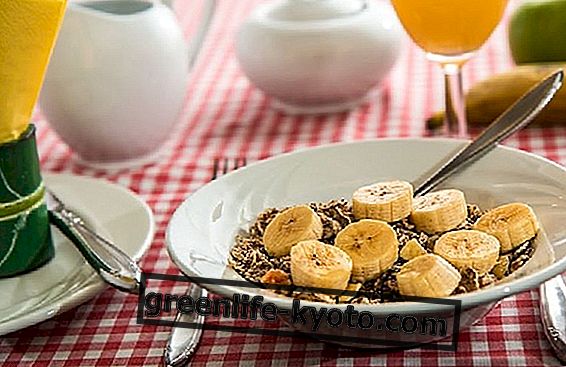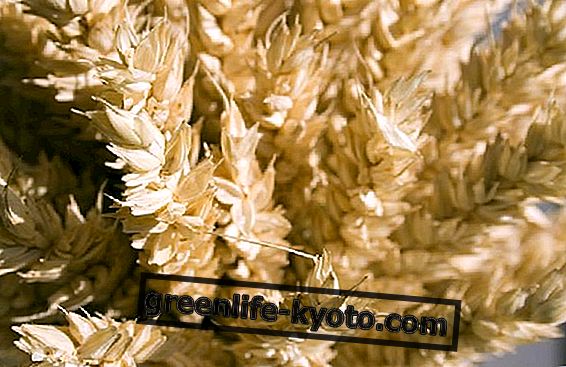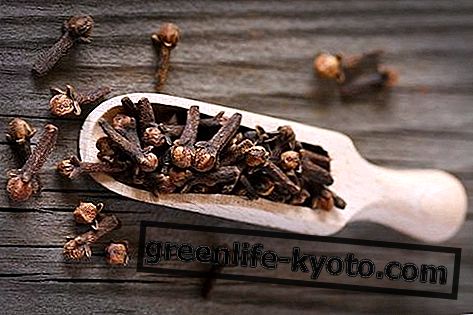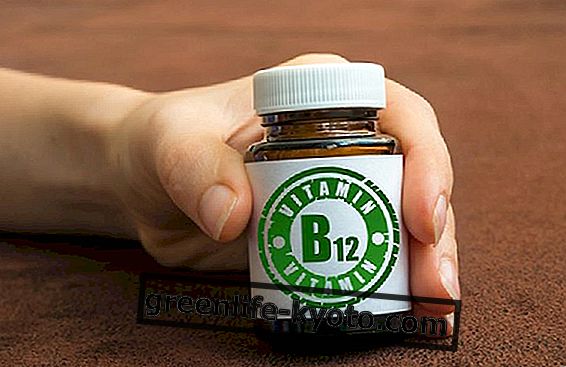
Seborrheic dermatitis is a skin disease that can affect the face and scalp.
In both cases it causes redness, itching and peeling of the skin .
Let's see what the natural remedies are for keeping seborrheic dermatitis at bay .
Seborrheic dermatitis: causes, symptoms and remedies
Seborrheic dermatitis is a skin disease that can occur in the first six months of life and disappear spontaneously (the milk crust) and which unfortunately can reappear during puberty. It has also been noted that people with neurological diseases or those with AIDS are often affected by a particularly severe form of seborrheic dermatitis.
The symptoms of seborrheic dermatitis are redness of the skin, itching and peeling of the skin in the areas affected by the disease. Symptoms may worsen in the event of stress or improper and unbalanced diet.
The cause of seborrheic dermatitis is linked to the excessive production of sebum by the sebaceous glands and by a too rapid cell replacement; there seems to be a correlation between this disease and Malassezia furfur, although the role of this yeast is still not entirely clear.
Generally seborrheic dermatitis therefore affects the areas of the skin where the sebaceous glands are more numerous, therefore the eyebrow area, nose, ears and scalp, especially in the area of the hairline where redness is clearly visible and the detachment of small skin scales.
Seborrheic dermatitis is treated pharmacologically with selenium sulfide to reduce the rate of cell turnover, ketoconazole with an antifungal and costicosteroid action to reduce inflammation. The disease can also be controlled with natural soothing, anti-inflammatory and antifungal remedies .
The calendula infusion to soothe inflammation of the skin
Creams and natural remedies for seborrheic dermatitis of the face
To control seborrheic dermatitis, it is possible to treat facial skin with natural sebum-regulating ingredients such as jojoba wax or hazelnut oil to which to add lavender and tea tree essential oil (one drop of each for every tablespoon of oil ): this mixture is useful for example for cleaning the face.
The tonic for the face can instead be replaced with a soothing hydrolate to fight redness and itching like that of chamomile or mallow.
Once or twice a week we can also apply to the areas affected by seborrheic dermatitis a purifying mask based on green clay, burdock powder or nettle powder, to which may be added a drop of lavender essential oil to combat redness and itch.
The face cream can be replaced with aloe vera gel added with Tea tree and lavender essential oil (one drop of each for each spoon of aloe gel) in case of mixed or oily skin; those with dry skin can replace aloe gel with shea butter, which is richer and more nutritious.
To prepare an ointment based on shea butter, heat the butter in a bain-marie and add the essential oils after removing from the bain-marie, when the butter has cooled: the doses are always a drop of essential oil of Tea tree and a drop of lavender essential oil for every tablespoon of shea butter.
In the case of seborrheic dermatitis in the neonatal age, the use of essential oils is not recommended but it is possible to treat the baby's skin with pure vegetable oils and shea butter.
With these simple natural remedies against seborrheic dermatitis, it is possible to soothe itching, eliminate redness and the presence of scales.
As always, to get the best results it is important to use natural remedies consistently, lead a healthy lifestyle and follow a balanced diet.
How to treat seborrheic dermatitis?

